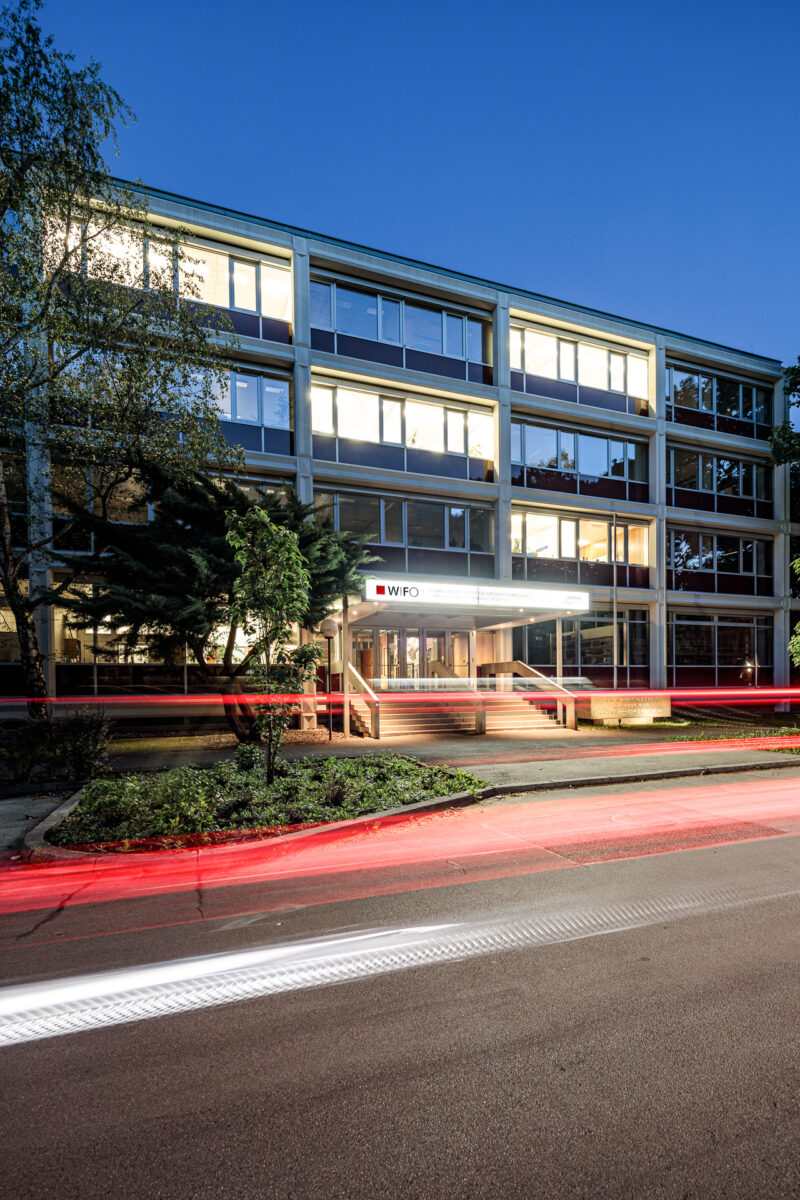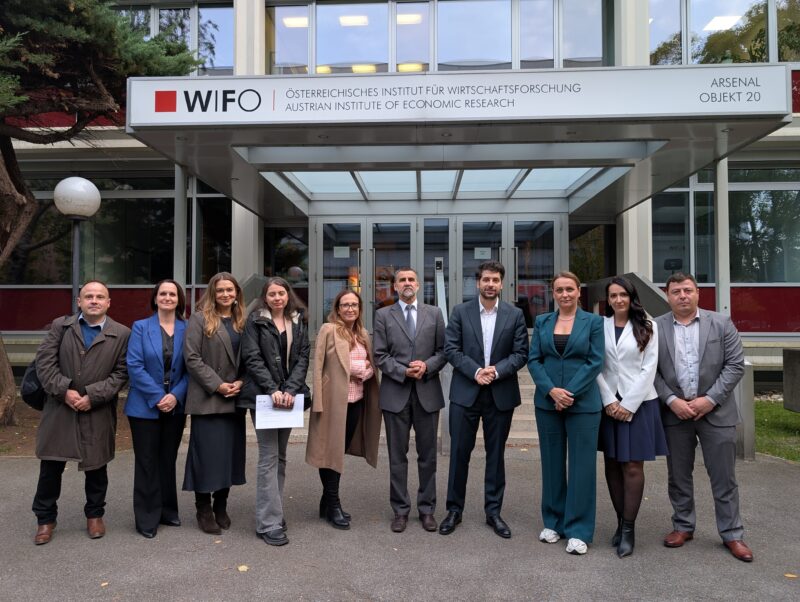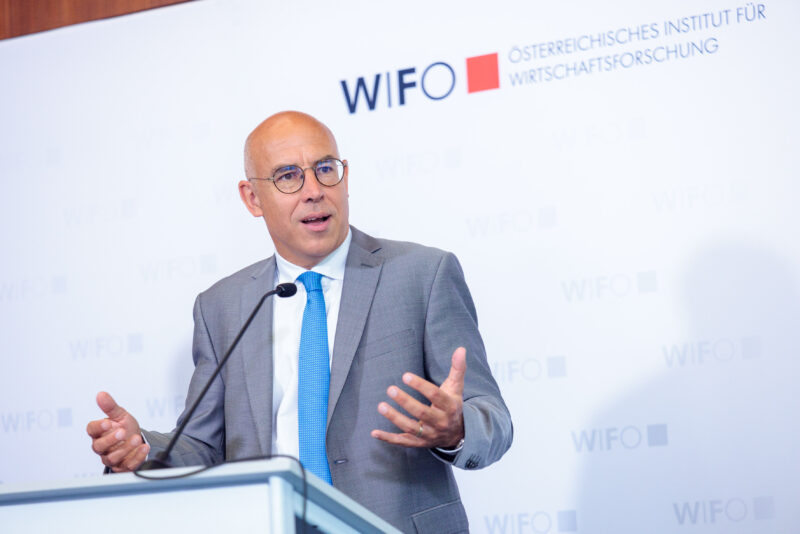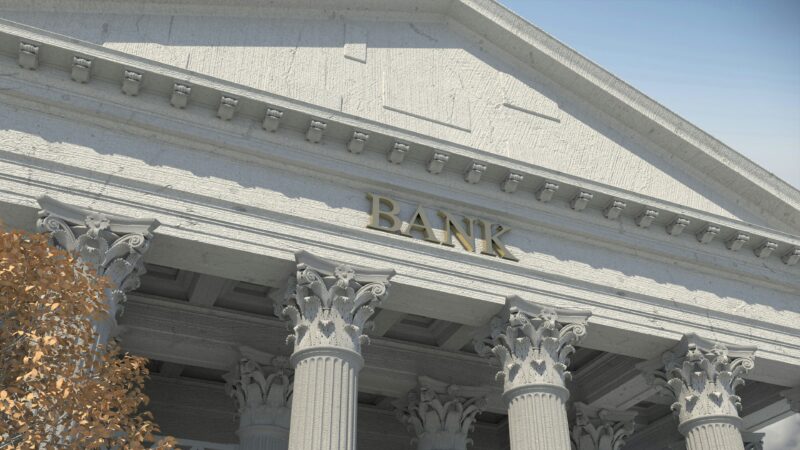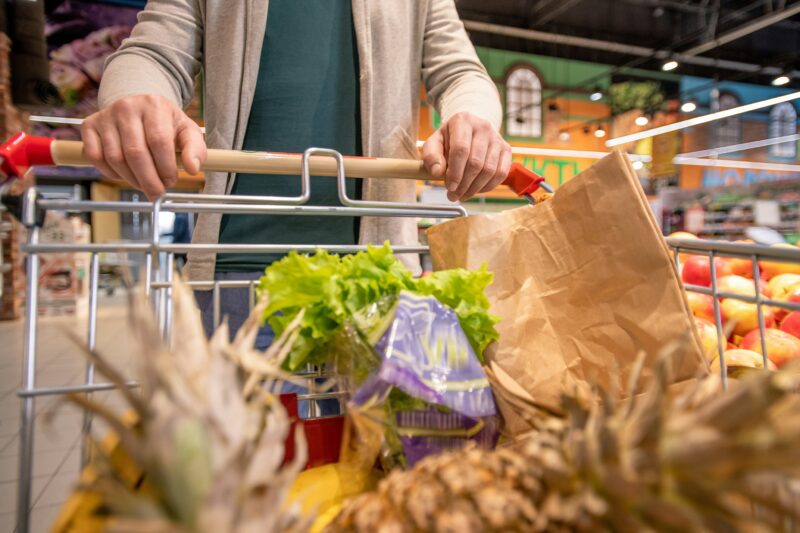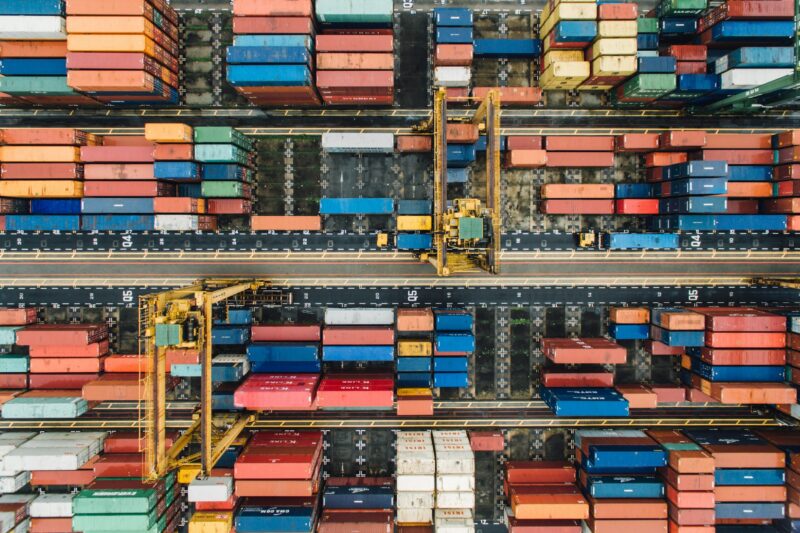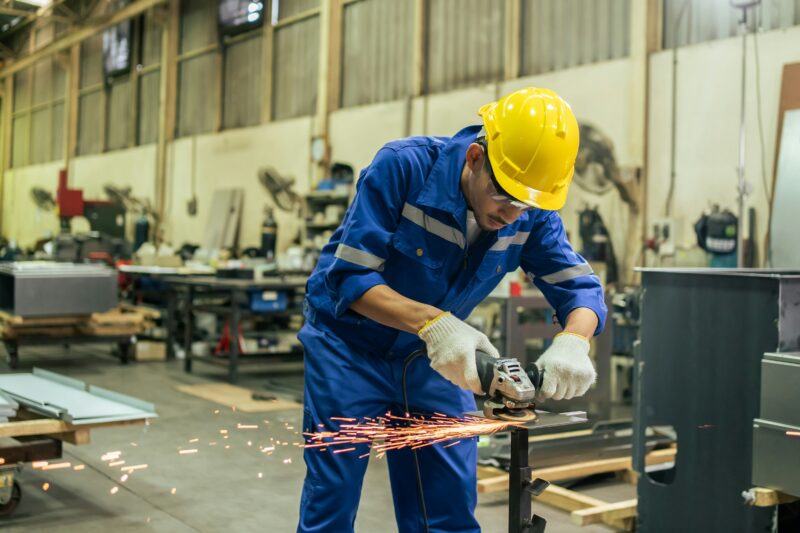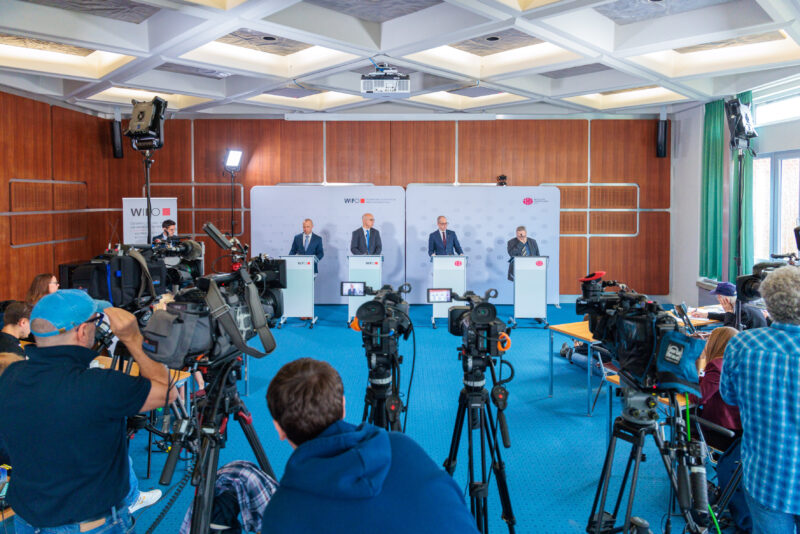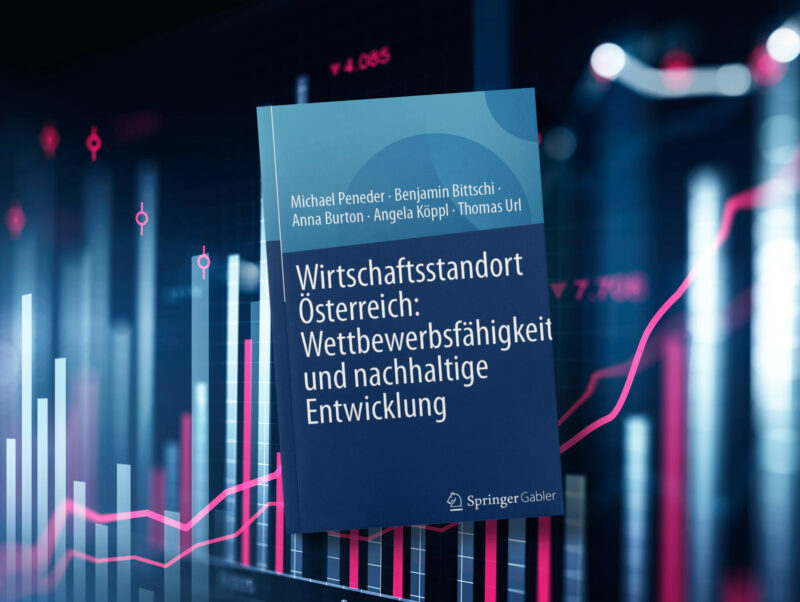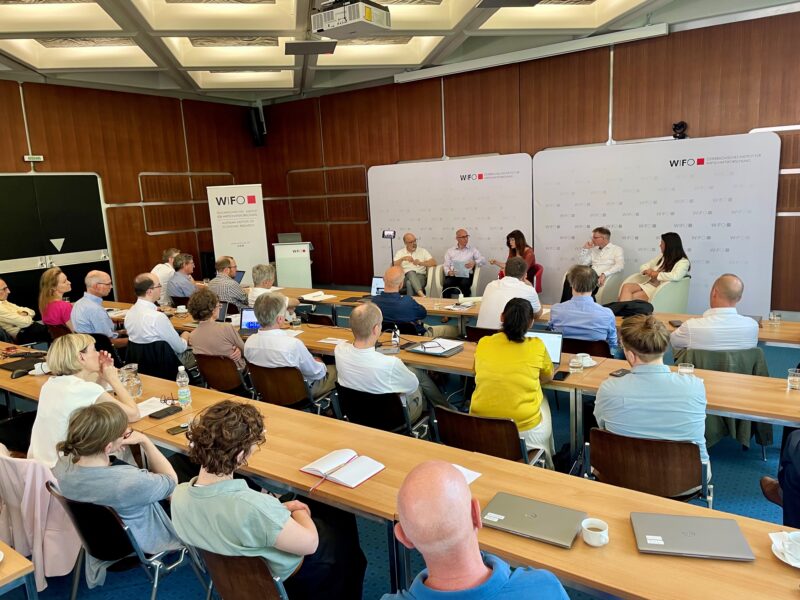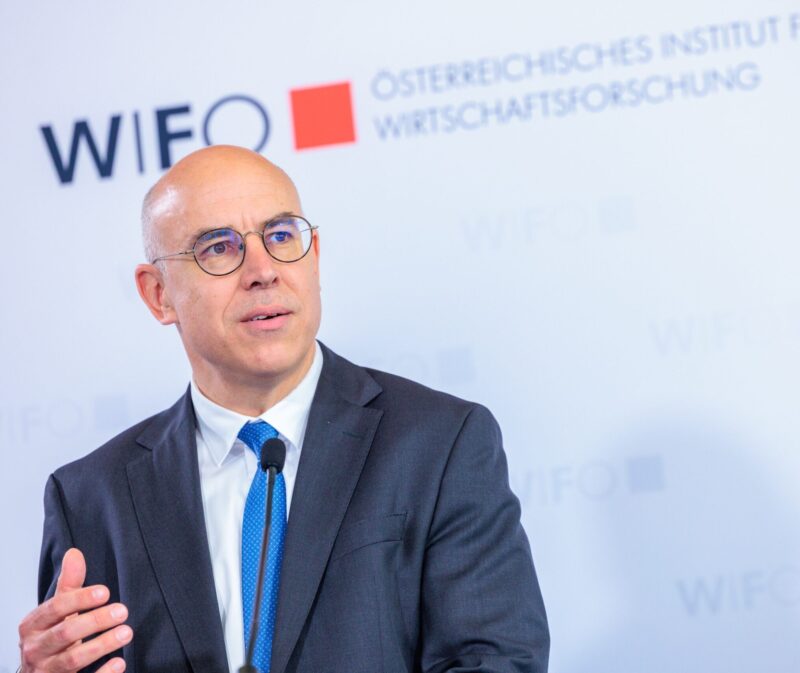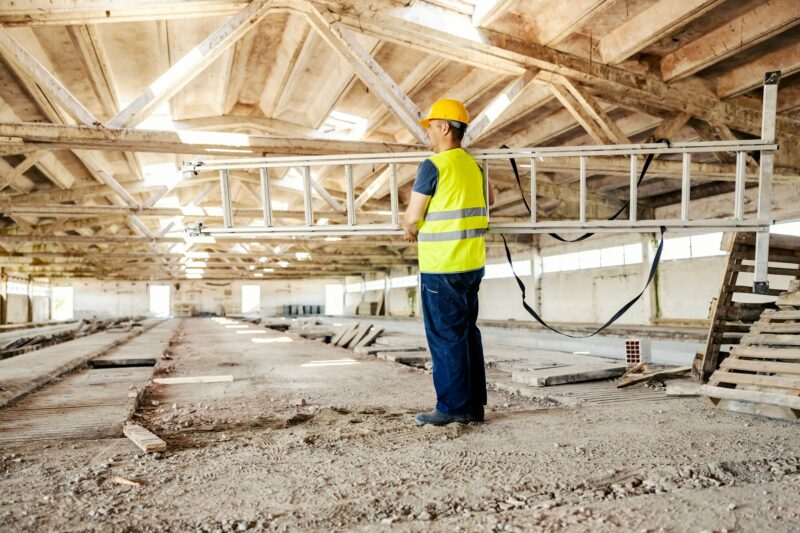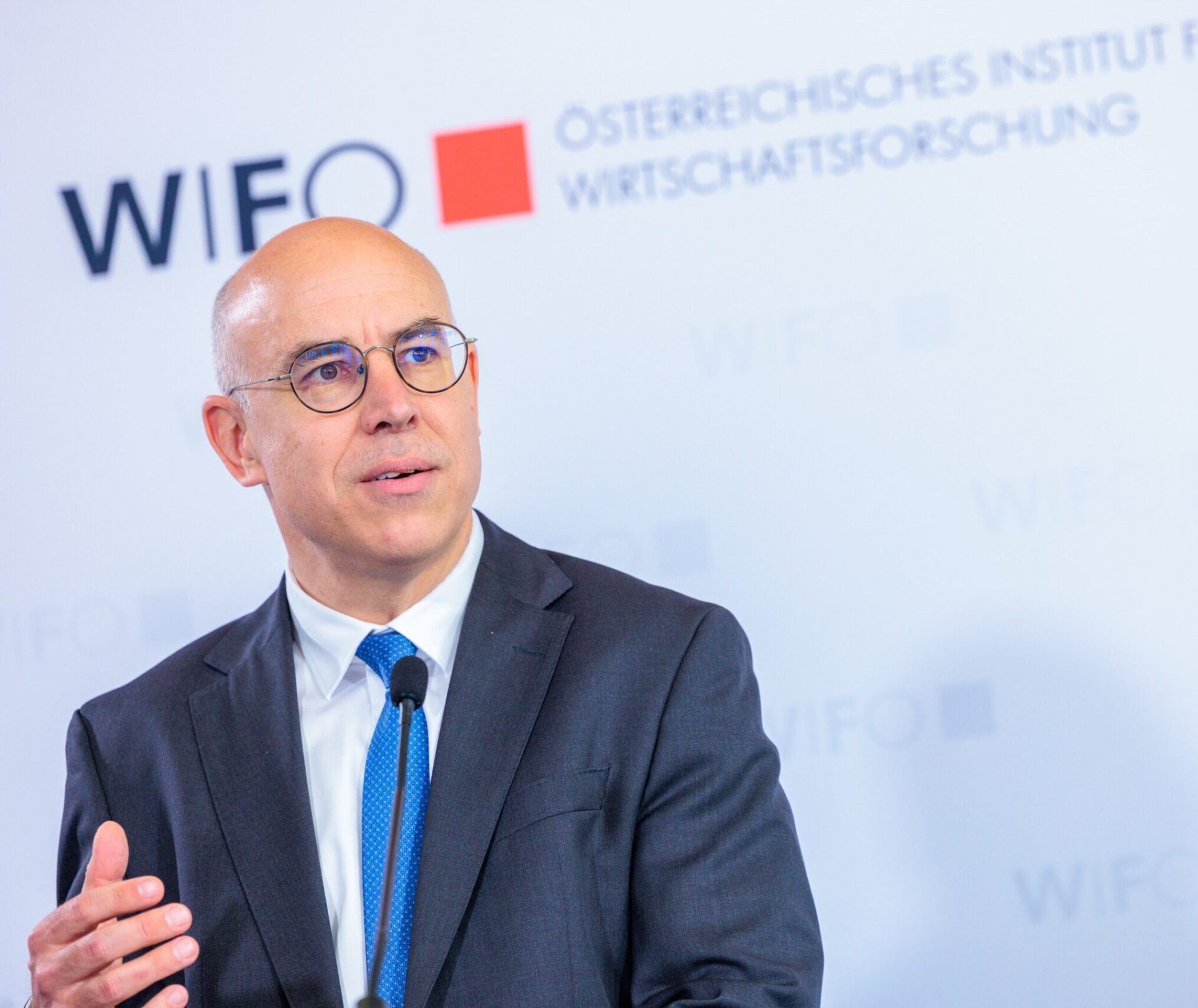
Austria is Slowly Returning to Growth
"In 2025, a negative contribution to growth from the secondary sector will once again shape economic activity. However, in 2026, all sectors should contribute to the recovery", says Christian Glocker, one of the authors of the current WIFO Economic Outlook.
The Austrian economy is currently experiencing its longest period of weakness in the post-war era. However, the cyclical trough appears to have been passed, with increasing signs of recovery emerging, albeit tentatively and subject to potential setbacks. On the one hand, geopolitical risks and uncertainties regarding a reorientation of international trade policy are clouding the external economic environment and thus the outlook for the export industry – the most important driver of domestic economic activity. On the other hand, inflation remains high by international standards. This reduces price competitiveness and thus the sales opportunities of Austrian companies. The necessary fiscal consolidation is also holding back economic growth.
In the absence of expansionary stimuli from domestic and foreign markets, Austria's economic output is expected to stagnate in 2025. As a result of subdued final demand and high inventories of finished goods, the recession in industry will continue for the time being. The underutilisation of production capacity and the decline in capital income due to production losses are hampering investment in machinery and equipment and construction and causing a further reduction in employment in the secondary sector. Consequently, the risk of job losses remains elevated, which keeps uncertainty among private households high and is reflected in spending restraint. A rapid revival of private consumption is not to be expected despite the strong real wage growth in the previous year. Wage policy therefore is caught between two production-inhibiting factors: in addition to the lack of demand, which results, among other things, from the loss of price competitiveness due to the high nominal wage increases in previous years, the shortage of labour force is hampering production. While wage restraint could counteract the lack of demand by improving price competitiveness, it would further exacerbate the shortage of labour force due to negative labour supply effects.
Industrial production is expected to recover only gradually from 2026, once export activity picks up in response to improving international demand. However, a stronger and sustained recovery is unlikely in view of the expected loss of market share resulting from the unfavourable competitive price environment. Accordingly, the total economy will remain underutilised in 2026.
The price of domestically produced goods and services rose by 3.3 percent in 2024 (according to the GDP deflator). WIFO expects prices to rise by 2.8 percent in the current year and by 2.0 percent in 2026. Provided there is no renewed price shock for imported energy as in 2022, consumer prices are likely to follow a similar trajectory (+2.9 percent in 2025, +2.2 percent in 2026 after +2.9 percent in 2024). Persistently high inflation in the services sector, due to the continued high cost pressure and the widespread use of inflation-indexed price adjustments, is making it difficult to quickly reduce inflation.
The labour market is developing robustly despite the weakness of the real economy. Dependent active employment is expected to grow by 0.2 percent in 2025, as in the previous year, and by 0.8 percent in 2026. In the current year, this growth will be driven exclusively by the services sector, while employment in the secondary sector will decline. Due to the strong expansion of the labour supply, unemployment will continue to rise in 2025 and only fall in the following year due to the more favourable development in the secondary sector. The unemployment rate (according to the national definition) will rise from 7.0 percent in 2024 to 7.5 percent, before falling back to 7.3 percent in 2026.



